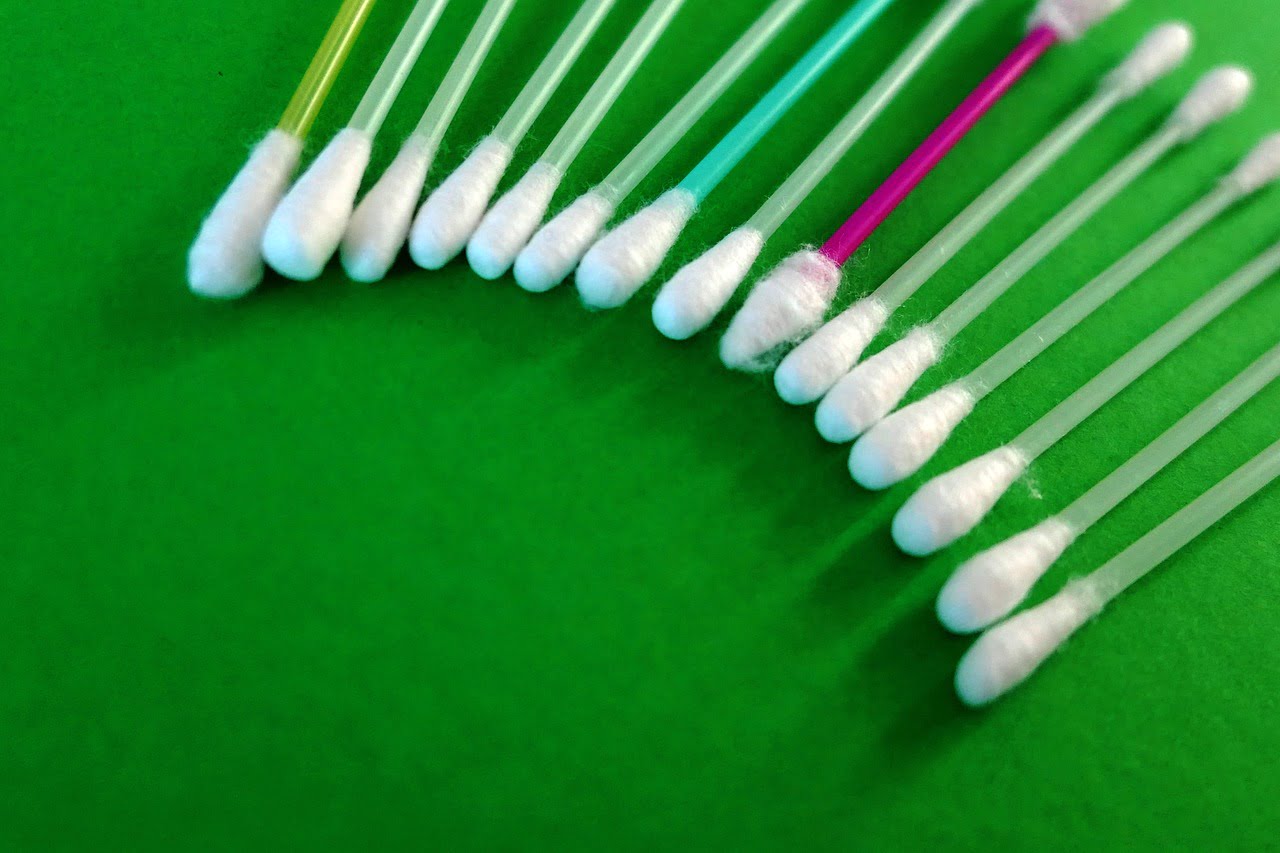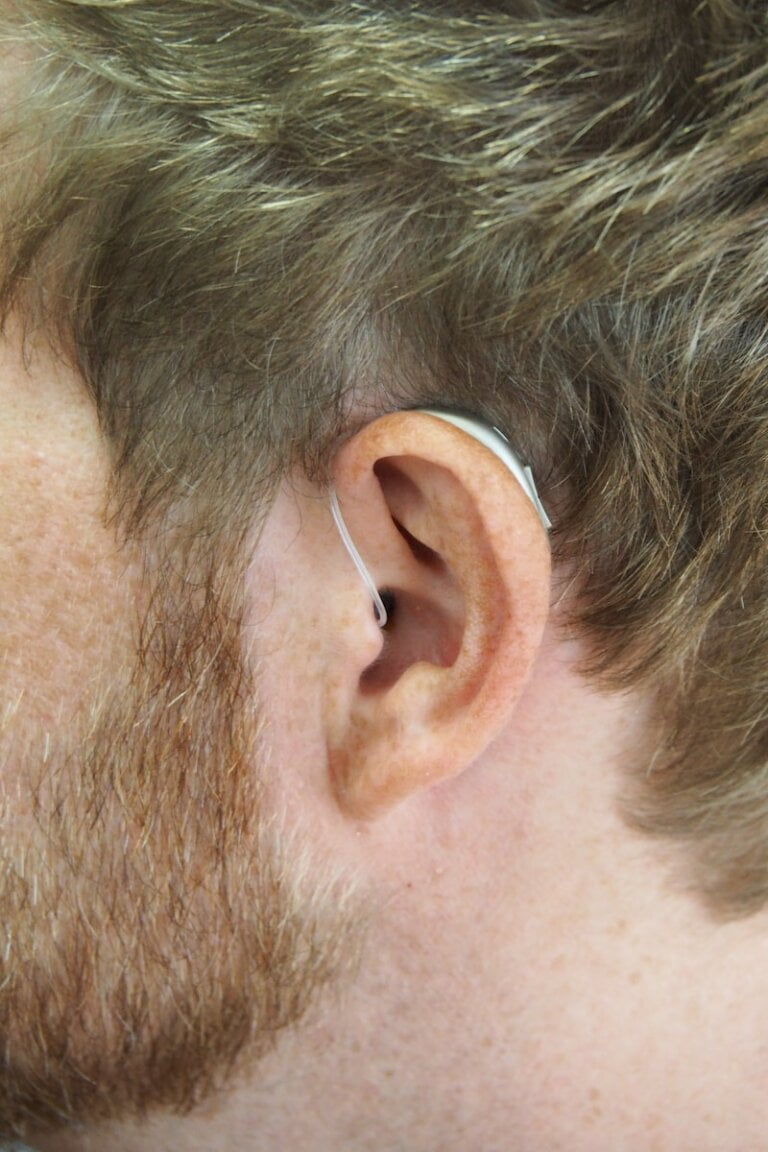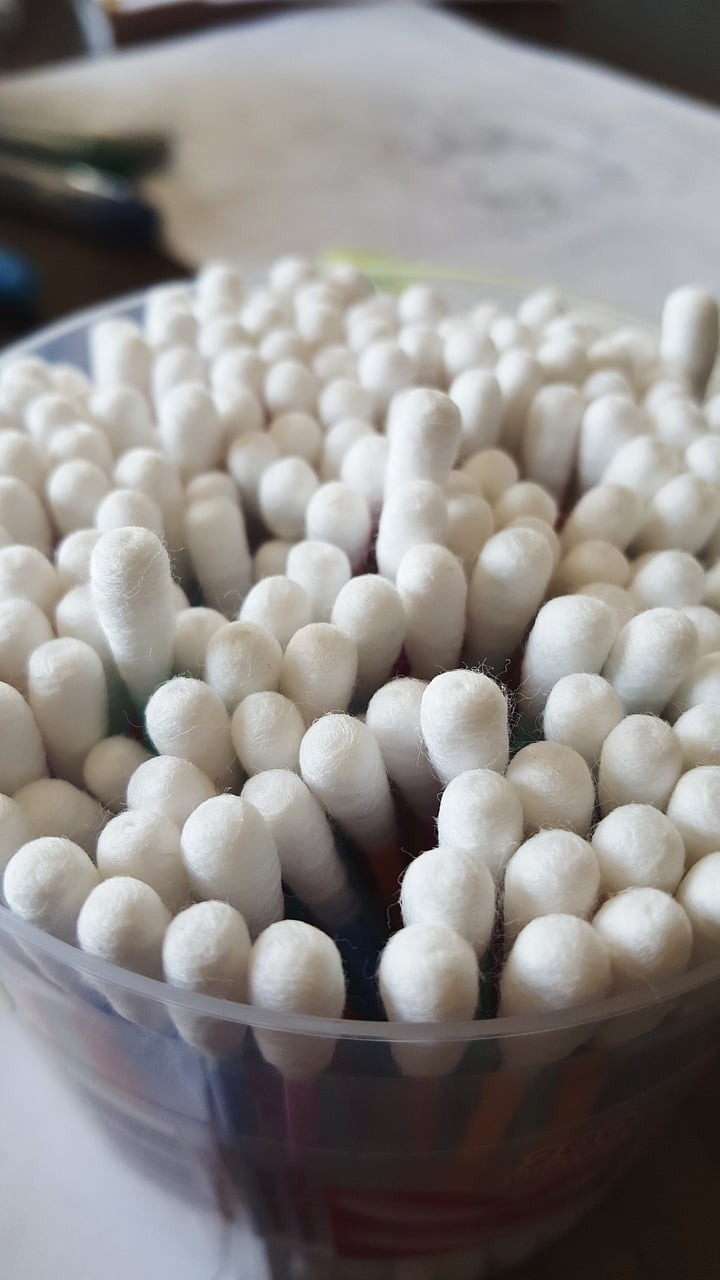Inside the Canal: Understanding the Purpose and Functions of Ear Wax
Ear wax, scientifically known as cerumen, is a natural substance produced by glands in the ear canal. While it is often seen as a nuisance, ear wax serves a crucial purpose in maintaining ear health and function. In this article, we will delve deeper into the topic and explore the various aspects of ear wax, its functions, and how to manage it effectively.
What is Ear Wax?
Ear wax is a waxy substance secreted by ceruminous glands present in the ear canal. These glands are responsible for producing ear wax, which is a mixture of various substances such as dead skin cells, hair, and secretions from the glands themselves. The consistency of ear wax can vary from person to person, ranging from dry and flaky to moist and sticky.
Ear wax, also known as cerumen, is a natural substance produced by the ceruminous glands present in the ear canal. These glands are responsible for secreting ear wax, which is made up of a combination of dead skin cells, hair, and secretions from the glands themselves. The consistency of ear wax can vary from person to person, with some individuals having dry and flaky ear wax while others have moist and sticky ear wax.
The Purpose of Ear Wax
Ear wax, despite its sometimes bothersome nature, serves several important functions:
1. Protection
One of the primary purposes of ear wax is to protect the delicate structures of the ear. It acts as a natural defense mechanism, preventing debris, dust, and insects from entering the ear canal. The stickiness of ear wax helps trap foreign particles, preventing them from reaching the eardrum and potentially causing damage or infection.
Ear wax plays a crucial role in protecting the ear from external elements. It acts as a barrier, preventing debris, dust, and insects from entering the ear canal. The sticky nature of ear wax helps to trap these foreign particles, preventing them from reaching the eardrum. This protective function is essential for maintaining the overall health of the ear and preventing potential damage or infection.
2. Lubrication
Ear wax contains natural lubricants that help keep the ear canal moist and prevent dryness and itching. This moisture is essential for maintaining the health of the skin lining the ear canal. Without adequate lubrication, the skin can become dry, leading to irritation and discomfort.
In addition to its protective function, ear wax also serves as a natural lubricant for the ear canal. The natural lubricants present in ear wax help to keep the ear canal moist, preventing dryness and itching. This moisture is vital for maintaining the health of the skin lining the ear canal. Without sufficient lubrication, the skin can become dry and irritated, leading to discomfort.
3. Self-Cleaning
The production of ear wax is a self-regulating process that aids in the removal of dirt and debris from the ear canal. As new ear wax is produced, the older wax gradually migrates towards the opening of the ear, carrying along any trapped particles. This self-cleaning mechanism helps to keep the ear canal clear and free from blockages.
Ear wax has a natural self-cleaning mechanism that helps to remove dirt and debris from the ear canal. As new ear wax is produced, the older wax gradually moves towards the opening of the ear, carrying along any trapped particles. This process ensures that the ear canal remains clear and free from blockages, allowing for optimal hearing and overall ear health.
Types of Ear Wax
There are two main types of ear wax, each with its own characteristics:
1. Wet Ear Wax (Yellow or Brown)
Wet ear wax, also known as cerumen lipidicum, is the most common type found in most individuals. It has a softer and more moist consistency, making it easier to remove naturally. People with wet ear wax tend to have a lower risk of earwax blockages.
The first type of ear wax is wet ear wax, also known as cerumen lipidicum. This type of ear wax is the most common and is typically yellow or brown in color. Wet ear wax has a softer and more moist consistency, which makes it easier to remove naturally. Individuals with wet ear wax generally have a lower risk of developing earwax blockages.
2. Dry Ear Wax (Gray or Beige)
Dry ear wax, also known as cerumen desiccans, has a drier and flakier texture. It is more common in individuals of East Asian descent. Dry ear wax can sometimes lead to a higher risk of earwax blockages, as it is less likely to be naturally expelled from the ear canal.
The second type of ear wax is dry ear wax, also known as cerumen desiccans. This type of ear wax has a drier and flakier texture and is typically gray or beige in color. Dry ear wax is more commonly found in individuals of East Asian descent. However, it is important to note that the type of ear wax a person has is determined by their genetics and does not necessarily indicate any health concerns. Individuals with dry ear wax may have a slightly higher risk of developing earwax blockages, as it is less likely to be naturally expelled from the ear canal.
Managing Ear Wax
While ear wax is a natural and necessary substance, excessive accumulation can lead to discomfort, impaired hearing, or even infection. Here are some tips for effectively managing ear wax:
1. Avoid Q-Tips or Cotton Swabs
Contrary to popular belief, inserting Q-tips or cotton swabs into the ear canal can do more harm than good. They can push the ear wax further into the canal, leading to blockages or injury. Instead, use a warm washcloth to clean the external parts of the ear.
It is important to avoid using Q-tips or cotton swabs to clean the ear canal. Despite their common use, these tools can actually do more harm than good. When inserted into the ear canal, Q-tips and cotton swabs can push the ear wax further in, potentially leading to blockages or injury. Instead, it is recommended to use a warm washcloth to clean the external parts of the ear.
2. Let the Ear Clean Itself
In most cases, the ear is capable of naturally expelling excess ear wax. Avoid using any tools or objects to remove the wax, as this can disrupt the self-cleaning process. Gently clean the outer ear with a washcloth during regular bathing or showering.
The best way to manage ear wax is to allow the ear to clean itself naturally. In most cases, the ear is capable of naturally expelling excess wax. It is important to avoid using any tools or objects to remove the wax, as this can disrupt the self-cleaning process and potentially cause harm. Instead, it is recommended to gently clean the outer ear with a washcloth during regular bathing or showering. This helps to remove any visible wax on the outer ear without interfering with the natural cleaning process of the ear canal.
3. Seek Professional Help
If you are experiencing symptoms of earwax blockage, such as hearing loss, earache, or ringing in the ears, it is advisable to seek professional assistance. A healthcare provider or an ear specialist can safely and effectively remove the excess wax using specialized tools or techniques.
If you are experiencing symptoms of earwax blockage or have concerns about your ear health, it is important to seek professional help. Common symptoms of earwax blockage include hearing loss, earache, or ringing in the ears. A healthcare provider or an ear specialist can safely and effectively remove the excess wax using specialized tools or techniques. They will be able to assess your specific situation and provide appropriate treatment or advice.
Conclusion
Ear wax, despite its reputation as a nuisance, plays a crucial role in maintaining ear health and function. Its protective, lubricating, and self-cleaning properties are essential for the well-being of the ears. While it is important to manage ear wax properly, it is equally vital to avoid excessive cleaning or removal attempts that may cause harm. By understanding the purpose and functions of ear wax, we can appreciate its significance and ensure the optimal health of our ears.
FAQ
1. What is ear wax and what is it made of?
Ear wax, scientifically known as cerumen, is a waxy substance secreted by ceruminous glands present in the ear canal. It is a mixture of various substances such as dead skin cells, hair, and secretions from the glands themselves.
2. What is the purpose of ear wax?
Ear wax serves several important functions. It acts as a natural defense mechanism, protecting the ear from debris, dust, and insects. It also lubricates the ear canal and helps prevent dryness and itching. Additionally, ear wax has a self-cleaning mechanism that helps remove dirt and debris from the ear canal.
3. What are the different types of ear wax?
There are two main types of ear wax. Wet ear wax, also known as cerumen lipidicum, is the most common type and has a softer and more moist consistency. Dry ear wax, also known as cerumen desiccans, has a drier and flakier texture and is more common in individuals of East Asian descent.
4. How can I effectively manage ear wax?
To effectively manage ear wax, it is important to avoid using Q-tips or cotton swabs, as they can push the wax further into the canal. Instead, clean the external parts of the ear with a warm washcloth. Let the ear clean itself naturally and avoid using any tools or objects to remove the wax. If you experience symptoms of earwax blockage, seek professional help from a healthcare provider or an ear specialist who can safely remove the excess wax.







